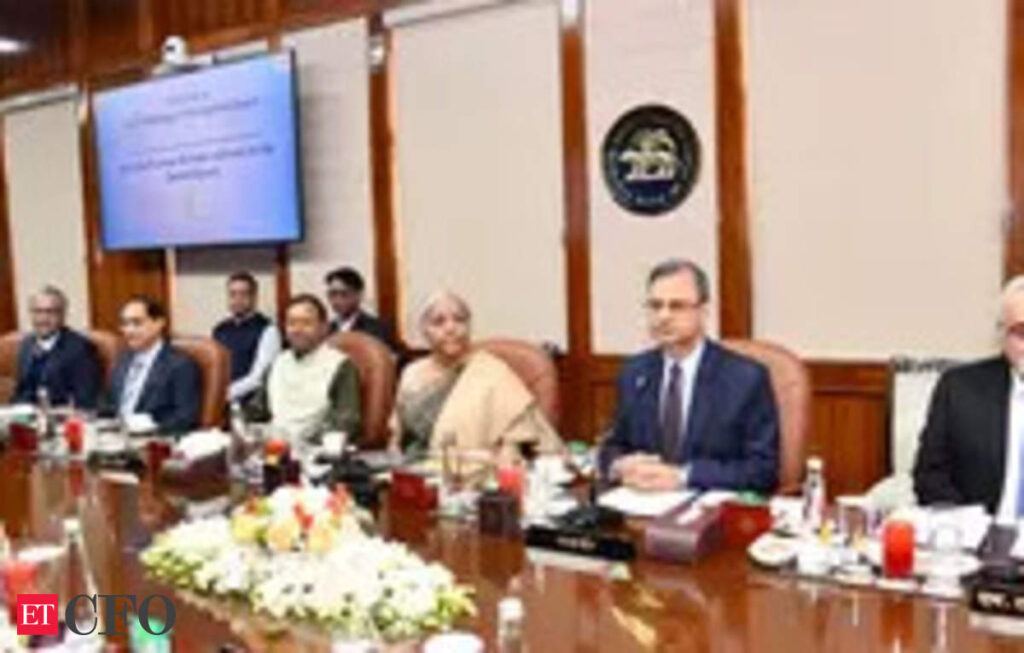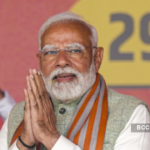By Anjan Roy
The Reserve Bank has cut interest rates a wee little bit by a quarter of one percent — from 6.50% to 6.25%. That is, neither here, nor there. It is not a significant reduction by any means. But it creates an expectation and a mindset. More so because this is the first cut in five years. Three immediate questions that cropped up were should it be followed by further reductions in interest rates, what course the prices should follow, and will the economy remain buoyant and growing at a robust pace.
Not unexpectedly, the new governor of the Reserve Bank, Sanjay Malhotra, replied that the bank would decide on future stance on the basis of the data that should be forthcoming and the way the economy behaves. So the question is how is the economy likely to turn from now till the next monetary policy committee meet.
From the statement of the governor it appears that there is some dovish expectation about prices. He is hoping prices should be stable. Is it a reasonable assumption? Leaving aside the food prices, one can see that price rise has been rather muted. Prices vegetables has been rising and there is little to expect that these set of prices should be rather flat.
This is mainly because demand for fruits and vegetables is rising with improvement in incomes. In step with the growing incomes, the production of the perishable items have not been rising as much. Besides, the post harvest facilities for their proper transportation from farm to the tables have not made any significant improvement. These physical factors will have a bearing on their prices.
Recently, we have also witnessed that the fruits and vegetables prices are rising even in the winter months, which used to go southwards in these months. RBI governor has cited some data from the ministry of consumer affairs which showed month-on -month correction of select items like tomatoes, onion and potato prices in January 2025. However, on this limited price figures it might not be very prudent to assume that the food prices should remain flat.
Other prices are more complicated. The basic prices of many items including the oil prices, are much more volatile now in the current geo-political situation. Year on year, the price of Indian basket of crude oil price at $80 per barrel showed nearly 10% in January over last December. Given the turmoil in Ukraine, Gaza, Israel and in the Middle East in general, it might be unrealistic to expect stable oil and energy prices in the medium term.
Nevertheless, on the basis of consumer price inflation data in recent months, RBI assumes that the prices should show a softening trend in the ensuring quarters till early next year. “Assuming a normal monsoon, CPI inflation for the financial year 2025-26 is projected at 4.2 per cent with Q1 at 4.5 per cent; Q2 at 4.0 per cent; Q3 at 3.8 per cent; and Q4 at 4.2 per cent”, RBI statement points out. One dearly hopes RBI should be right in its price expectations.
As for growth prospects, Reserve Bank avers that the broad industrial sector should be buoyant in the present fiscal. It has pointed out that capacity utilisation remains fairly high at close to 75%, which usually remains at 73%. RBI’s Industrial Outlook Survey also presents a rosy picture, showing demand conditions to further improve in the coming months.
What has notably been absent recently was private sector investments. Despite urgings from the government, the private sector investments have been low. Private sector would invest only when their capacity utilisation is high and fresh investments in capacity creation should be paying. The private companies do not invest for the sake of growth of the economy. The government can often do that. Only on the back of robust demand can the private sector be expected to make fresh investments.
Apart from consumer spending which push up domestic demand, fresh investments in infrastructure sector and other capital expenditure also pushes up demand.
The Union Budget 2025-26, stipulated the central government’s capital expenditure to expand by 10.1 per cent during 2025-26. “Effective capital expenditure (including grants-in-aid to state governments for capital expenditure) is budgeted to grow at 17.4 per cent during the financial year”.
These should provide as trigger for the overall growth. The Indian economy has been growing on the back of domestic demand, as exports do not lay the kind of role that it played in the growth of East Asian countries or of China. It appears the Reserve Bank along with the union government are increasingly banking on a push to overall domestic demand for providing the growth trigger.
A cut in interest rates, coupled with the large tax concession offered in the union budget should hopefully push demand and result in higher investments in the economy. If these strategies work together, the overall growth rate should pick up. (IPA Service)

 Modi Takes All The Credit For BJP’s Delhi Assembly Victory
Modi Takes All The Credit For BJP’s Delhi Assembly Victory 